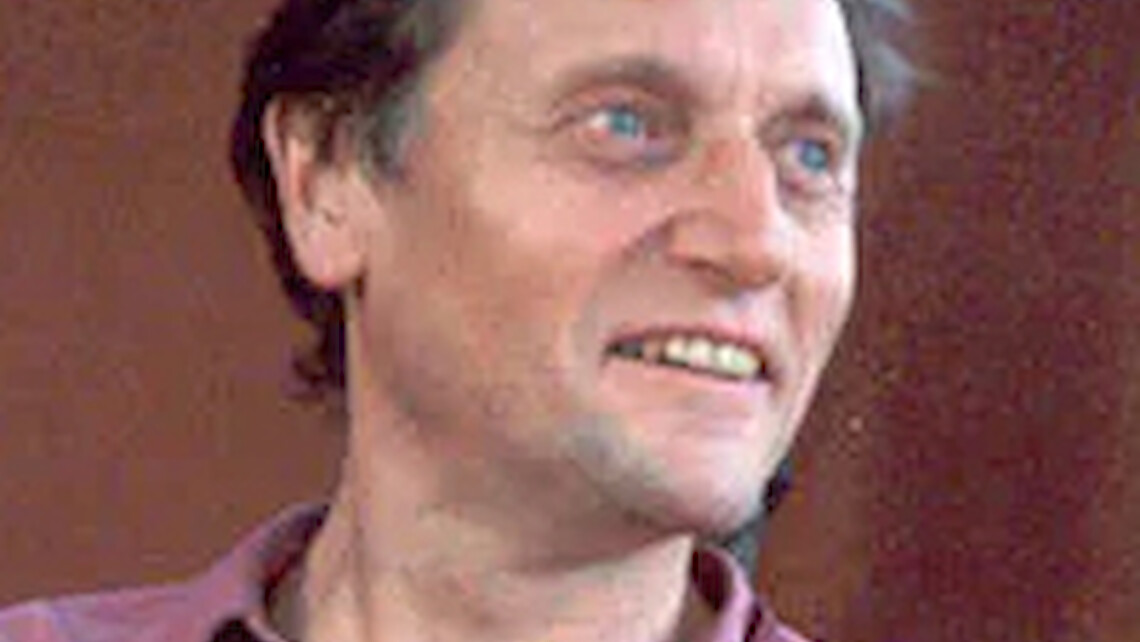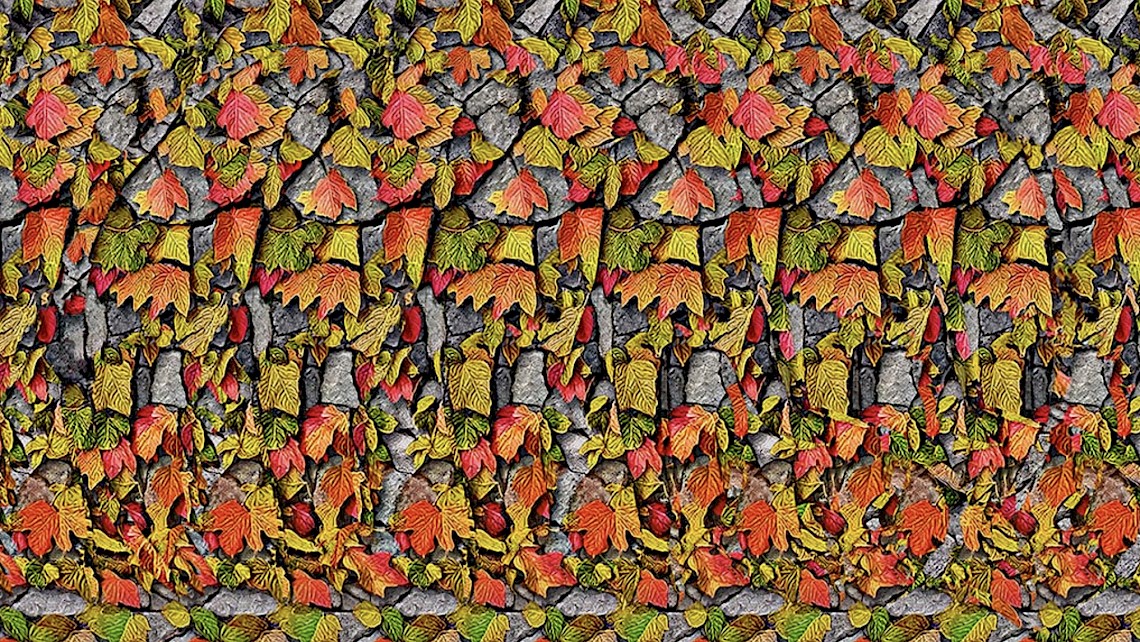Robert Pollock/Five Decades
Robert Pollock/Five Decades
Iao Theater, Wailuku, Mauik Maui, Hawai’i
multimedia performance presented by Ebb & Flow Arts
Upcoming on Furious Artisans
E n t e r t w i n e d
Robert Pollock Five Decades
Pollock’s music is unique, and uniquely American.His sound is as unique as his modalities. We cannot accuse Pollock of trying to be European. That is something we might level at the early Milton Babbitt, when he was setting poetry by the German expressionist August Stramm. Pollock sounds more American than his teacher, Roger Sessions. I like to compare Pollock’s joyous surfaces, his raucous riffs and licks to the ragtime-influenced music of George Antheil, but Pollock’s music works in a new way. Pollock has an approach to large scale organization–a control of harmony–that Antheil didn’t possess.
Antheil was, like Pollock, a native of New Jersey. Pollock’s Composers Guild of New Jersey produced many recordings of Antheil’s music.
Antheil’s Ballet mécanique
Pollock was inspired by Jacques Monod’s NY Guild of Composers. For almost twenty years, Pollock ran the Composers Guild of New Jersey (CGNJ), building audiences for the music of living NJ composers, and NJ composers of historical interest, like Antheil & Sessions.
Seabury Hall Creative Arts Center, Makawao, Maui
concert of new music presented by Ebb & Flow ArtsIn the 90s, Pollock got away from it all, gave up the East Coast, moved to Maui, joining his brother, who was farming sustainably on the slopes of Haleakala. But Pollock soon resumed his grass roots musical organizing. He founded Ebb & Flow Arts and started building audiences again.
Some previews from the upcoming CD:
–Click Here for Metaphor (1995) –
0279s thru the augmented triad–a 4\3 partition
Metaphor for guitar solo is almost a minimalist experiment. It begins with two very simple phrases:
#1–three chords descending
#2– four chords ascending.
The second phrase bridges into development of the material.
wonky:
The first phrase is a 4\3 aggregate, the second is a 3\4 aggregate. In the tone clock poetics, 3s drive 4s and 4s drive 3s.
Metaphor for guitar solo comes directly from Pollock’s touching heads with Peter Schat, who developed a musical poetics envisioned as tone clock. Perhaps compare Schat’s tone clock with Yeats’ phases of the moon in A Vision. Schat was a guest of CGNJ in Ship Bottom, NJ. I mentioned Schat’s tone clock to Milton Babbitt. He sneered, “yes, the twelve trichords”. He had reason to be impatient–it really was an old subject for him. I do not remember if I mentioned this exchange to Robert at the time (early nineties). I mentioned it to him now, and he commented:
Amazing that Babbitt and Schat sat 20 feet from each other in Princeton without shaking hands. Westergaard claimed that Schat “just doesn’t get it.” My first encounter with Schat’s music was watching TV in Holland, early 1970’s. His opera, “Houdini,” was being broadcast. That achievement alone towers over anything Babbitt & Westergaard accomplished. As they say about Einstein’s theory of relativity, others could have or did discover it, but not as poetically. Same for Schat’s trichords.
In a composition lesson with Babbitt, he asked what I wished to learn. My reply was ‘control of harmony’. Babbitt nor anyone else in the music dept had a satisfactory answer or approach. Years later, I learned that Schat had discovered an answer…
No less than the minimalists, Pollock was a rebel. He was impatient Columbia/Princeton, “uptown” arrogance. And yet Pollock, through his curation of the Composers Guild of NJ and Ebb & Flow Arts, promoted the music of Babbitt and Westergaard and dozens of other New Jersey composers, diligently, succeeding in recruiting brilliant and committed players to make eloquent and persuasive cases in performances and recordings of music by the whole big family of New Jersey composers.
Pollock was particularly receptive to Schat’s way of thinking about the trichords. 0279 has no 4s. 4s drive 0279 to completion. The twelve hours all have their “steering intervals” that are not contained in the focal, thematic harmony. This implies in the abstract a backgrounding and foregrounding of intervals. The advantage here is that our ears are treated to distinctly different soundworlds governed by those exclusions.
New Zealand composer Jenny McCloud embraced Schat’s poetic and has written about it. More HERE
In Ship Bottom in the early 90s Pollock introduced me to Schat. Pollock performed a piano solo by Schat at the Festival Internacional Camerata 21 in 2015 at the Universidad Veracruzana in Xalapa. Pollock performed on the festival that year at the invitation of composer Emil Awad. That piece was entitled, Inscripties, an early 12-tone work, predating the tone clock that demonstrated, even in those early works, Schat’s flair for piquant harmonic progerssions and his characteristic care and concern for a masterful management of harmony. That performance convinced me decisively that Schat had something to say.
Schat was later a guest of Klazine and Robert Pollock on Maui. There’s a picture of Peter Schat enthroned on a rock in the Haleakala crater, feeling on top of the world. He referred to the Haleakala crater as “the crown of the globe”.
Here is Schat at the Kula Botanical Garden:
Entertwined came six years after the guitar solo. Romance-Fantasy came six years after Entertwined. Interesting to see that all three works keep the same harmony (0279) in focus, a central theme of all three works. Over these twelve years we hear a wonderful knack for story-telling and a burgeoning technical mastery–masterful control of harmony– that continues to surprise with every new work. He achieved an authenticly American sound and contributed significantly to the enormous ongoing project of discovering how to organize & manage post-tonal harmony.
Entertwined (2001)
Anderson-Fader Guitar Duo
Romance-Fantasy (2007)
Joan Forsyth, piano, William Anderson, guitar
August 2020 at Oktaven Studios, Mount Vernon, NY
CD Cover Art by Esther Pollock - Jongeneelen











William Anderson is a guitarist and composer and an advisor to the Roger Shapiro Fund.